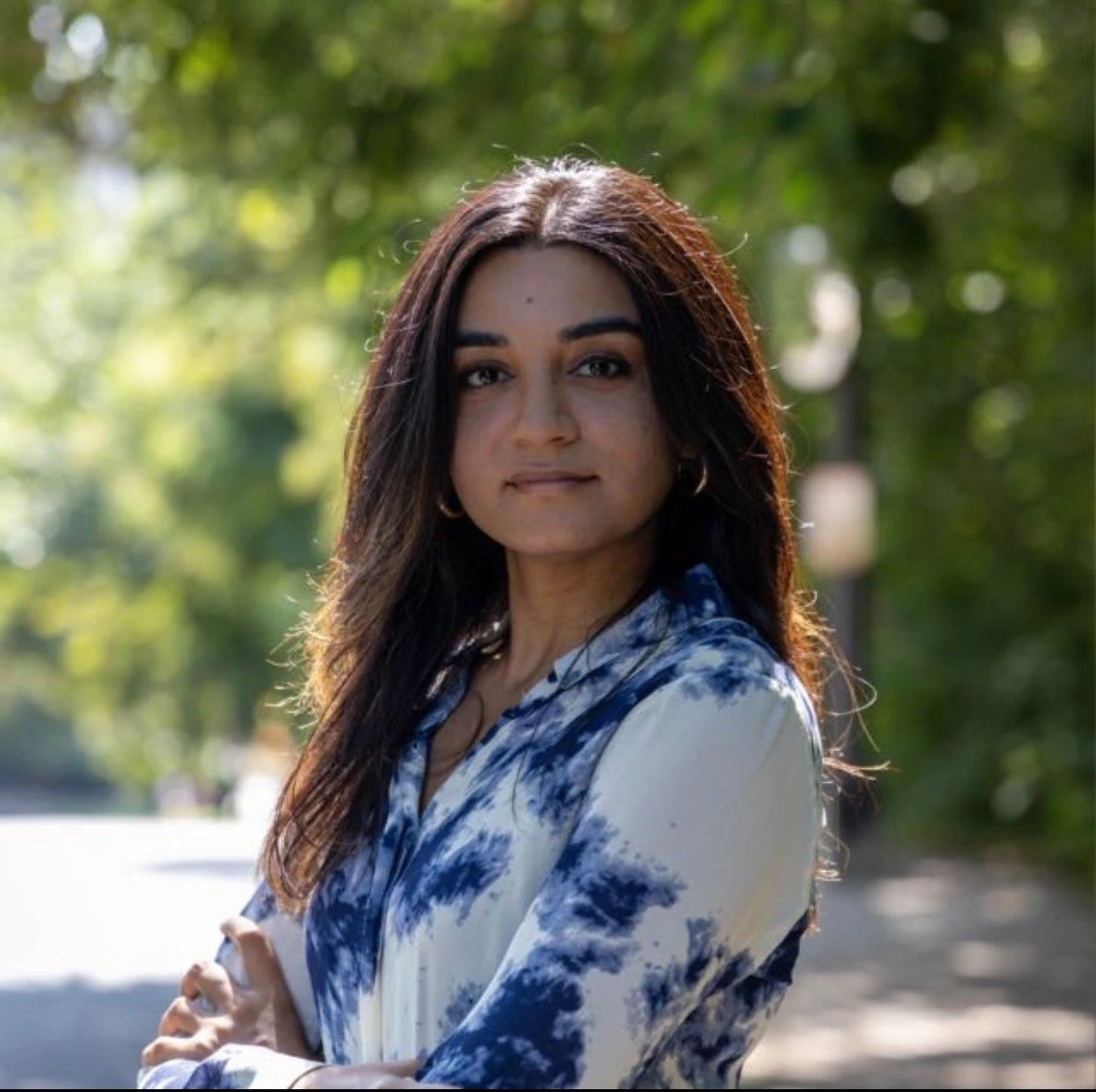 Schools can provide adolescent girls with knowledge, sanitary products, and facilities to understand and manage their menstruation.
Schools can provide adolescent girls with knowledge, sanitary products, and facilities to understand and manage their menstruation.
Menstruation affects girls’ attendance and participation in education, globally.
A study by UNESCO found that one in 10 girls in Sub-Saharan Africa missed school while on their period. Another study in Ethiopia found that 50 percent of girls miss between 1 and 4 days of school every month due to menstruation. In Kenya, it is estimated that girls lose an average of 4 days of school a month, which costs them 165 learning days over four years of high school.
Even in the United Kingdom, a study by Plan International showed that 64 percent of girls aged 14-21 missed part or a full day of school due to their period, and 13 percent of girls missed an entire day of school at least once a month.
Menstruation can also have an effect on adolescent girls dropping out of school, a large challenge for many countries. For example, a study in India found that as many as 1 in 5 girls drop out of school after they get their period.
What is the role of schools in menstrual health and hygiene?
To raise awareness about the need for adequate and sufficient menstrual hygiene management for adolescent girls, in schools and beyond, and to advocate for breaking taboos and stigma surrounding menstruation, Menstrual Hygiene Day was launched in collaboration with a wide range of partners, including the World Bank.
Menstrual health and hygiene management involves a number of interventions that go beyond interventions in schools, but include providing adolescent girls with knowledge, sanitary products, and facilities to understand and manage their menstruation. These interventions are tied to adequate sexual and reproductive health education for adolescents, particularly programming around puberty.
Schools in many countries still face significant challenges in ensuring they have adequate facilities available for girls. A World Bank study on the intersection of water and gender highlights that “the existence of a separate toilet is not enough to ensure usage by women and girls. Privacy, cleanliness, safety, and availability of water matter.”
Even if toilets are separated for male and female students, sufficient hygiene conditions require running water and soap. The World Health Organization found in a 2019 study that 43 percent of schools globally lacked sufficient handwashing facilities and soap, a number which rose to 70 percent when considering least developed countries. Providing doors on toilet latrines that properly close and can lock also provides additional privacy for girls. Further, proper disposal facilities are needed in these toilets for sanitary products, which are also often lacking.
The figures around this are staggering. The same World Bank report found that “a survey of 62 primary schools in rural western Kenya found that 84 percent of the schools had separate latrines for girls, but 77 percent of these did not have a lock and only 13 percent had water in or near the latrine. Furthermore, only 10 percent of schools reported always providing sanitary pads to girls. Disposal arrangements for used sanitary pads were not adequate in most schools [surveyed].”
Aside from physical facilities, ‘period poverty’ is also a challenge that many countries have yet to overcome. Period poverty encompasses a wide range of factors that keeps those menstruating in poverty, including a lack of affordable and quality access to sanitary products, inadequate spaces/facilities to manage their menstruation, lack of information and stigma surrounding menstruation. Schools are locations where girls can be provided with these products and facilities, but too often are not.
Lastly, adequate and sufficient information around puberty, menstruation, and hygiene management can be provided at schools, as part of or separately from sexual and reproductive health education. However, many girls still do not receive sufficient information before they get their periods.
Education approaches to menstrual hygiene management programs
World Bank interventions aim to tackle these menstrual hygiene challenges. Twenty-five percent of World Bank education projects had components that addressed menstrual hygiene management, provision of sanitary and hygienic toilets, or separate toilets for girls and boys in their schools (43 out of 178 active projects as of February 2022).
For example, our Boost Primary Student Learning project in Tanzania will focus on improving the school environments to ensure girls feel comfortable to stay in school, including creating more separate toilets and water, sanitation and hygiene facilities for girls and boys, running water access (one handwashing facility per 100 students), and incinerators for disposal. The project will also designate an active menstruation counselor at schools and have a separate room available for girls for menstrual hygiene management. In addition, the project will also increase access to sexual and reproductive health education, through the establishment of life skills clubs for students, which will also introduce information about girls’ reproductive agency and teenage fertility to help girls make informed decisions about their lives.
We have projects with similar menstrual hygiene focused interventions in Haiti, Uganda, Sri Lanka, and Togo, to mention a few.
Multi-pronged approaches are key to ensuring girls feel safe to attend and stay in school throughout menstruation, and educational campaigns help reduce the stigma and taboo around menstruation for girls. Join us in raising awareness today through #MHDAY2022 and #WeAreCommitted.
Encouraging adequate menstrual hygiene care is part of the Education GP’s Girls’ Education approach to ensure girls stay in school and improve education outcomes for girls and young women. Read more in our latest brochure.


Join the Conversation